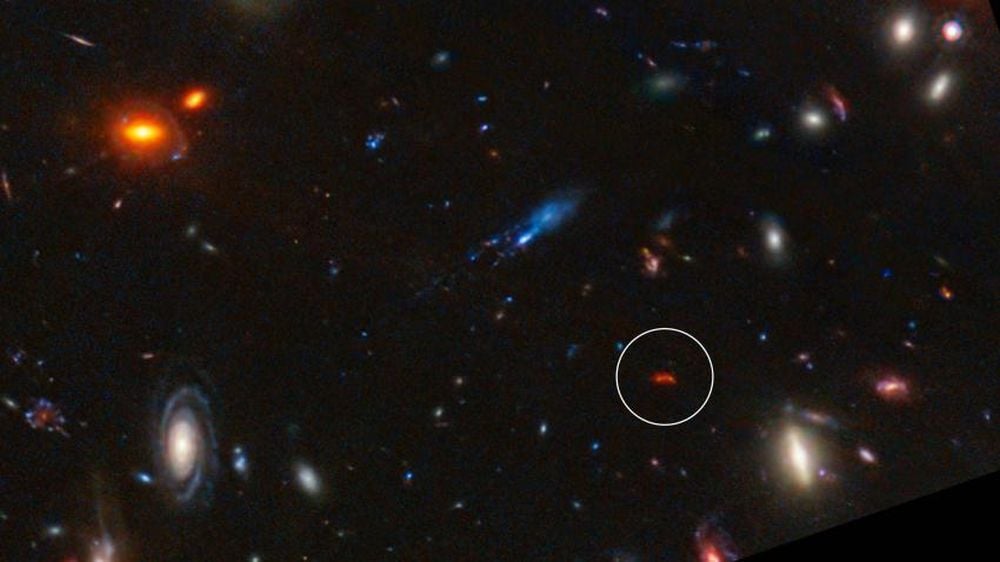A team of researchers has made significant strides in understanding solar carbon abundance by employing advanced 3D Non-LTE (NLTE) models. This innovative approach focuses on the spectral lines of the CH molecule, which are crucial for determining carbon abundance in FGKM-type stars. Their findings indicate that traditional methods may underestimate solar carbon levels, emphasizing the importance of contemporary modeling techniques.
The researchers utilized updated NLTE models, as detailed in a paper accepted by the Monthly Notices of the Royal Astronomical Society (MNRAS). This study marks the first application of 3D NLTE modeling to the CH lines in the solar spectrum, previously dominated by 1D LTE analyses. The work centers on the diagnostic transitions of carbon in both the optical (4218 – 4356 Å) and infrared (33025 – 37944 Å) regions.
To conduct their analysis, the team, led by Richard Hoppe and Maria Bergemann, employed various solar 3D radiation-hydrodynamics model atmospheres. These models were compared against newly acquired spatially-resolved optical solar spectra, allowing for a comprehensive study of the center-to-limb variation (CLV) of CH lines.
The results reveal that both the 1D LTE and 1D NLTE models fail to accurately describe the line CLV, leading to a significant underestimation of solar carbon abundances. Through their 3D NLTE modeling, the researchers derived a solar photospheric carbon abundance of A(C) = 8.52 ± 0.07 dex, a figure that aligns with recent measurements of neutrino fluxes obtained from the Borexino experiment.
This research underscores the necessity of 3D NLTE modeling in deriving robust solar abundances. The initial focus on the CH molecule hints at potential similar effects in other molecules of astrophysical relevance. As the scientific community continues to explore the intricacies of stellar compositions, these advancements might reshape our understanding of solar and stellar astrophysics.
The study, submitted on November 18, 2025, highlights the evolving landscape of astrophysical research and the vital role of technology in enhancing our grasp of the universe. For further details, the complete study can be accessed on arXiv with the identifier arXiv:2511.14289.







